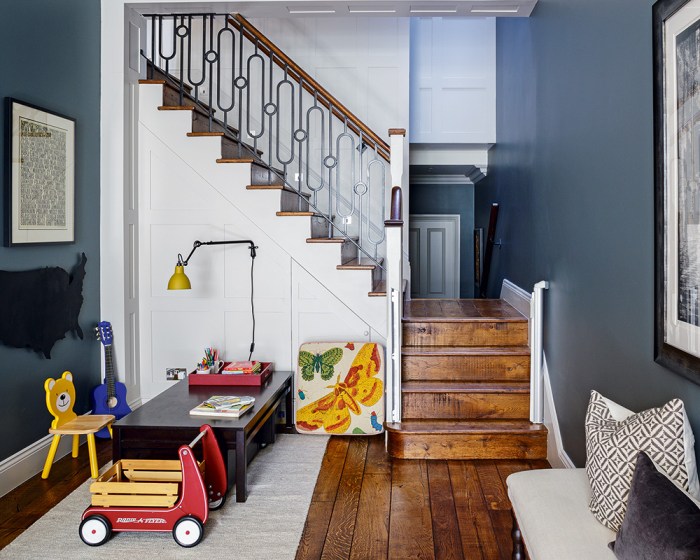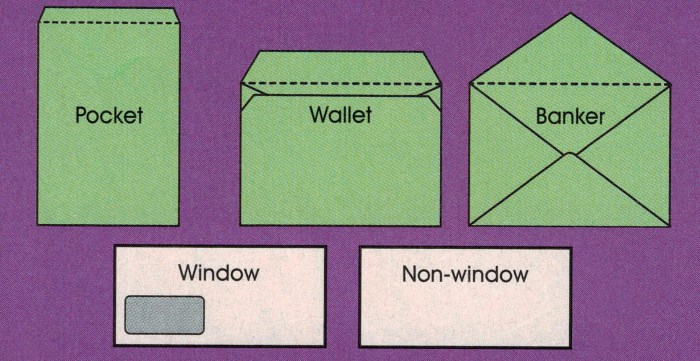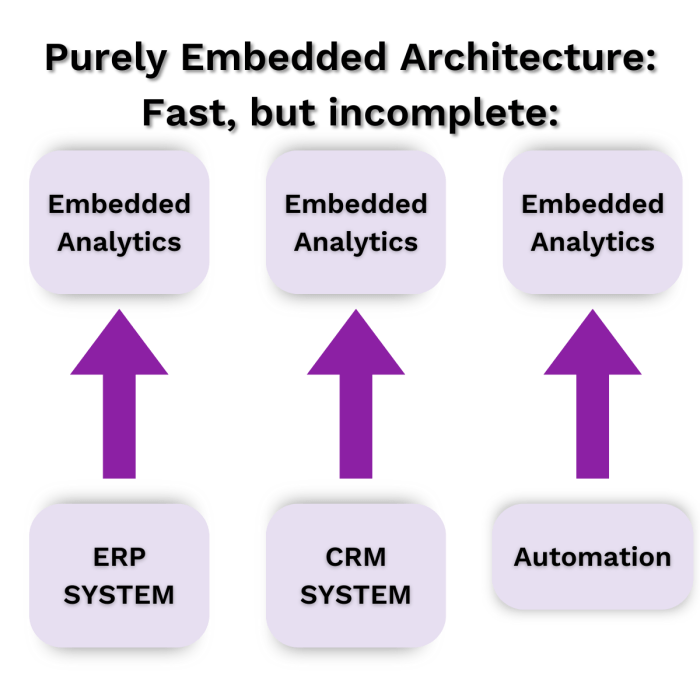Envelope Design Changes for Post-Pandemic Homes: Enhancing Architecture for a Healthier Future
As Envelope Design Changes for Post-Pandemic Homes takes center stage, this topic delves into the essential modifications needed in residential architecture to adapt to the new normal. From sustainable materials to energy efficiency considerations, this discussion explores the crucial elements that shape the design of homes in a post-pandemic world.
Envelope Design Changes for Post-Pandemic Homes

In architecture, the envelope design of a building refers to the exterior shell or skin that encloses the structure. It includes the walls, roof, windows, doors, and other elements that protect the interior from the external environment. The envelope plays a crucial role in regulating temperature, controlling moisture, and providing security for the building.
Key Factors Influencing Envelope Design in Residential Buildings
- The climate of the location, which determines the type of insulation, glazing, and ventilation needed to maintain comfort inside the home.
- The orientation of the building towards the sun, affecting natural light exposure and solar heat gain.
- The local building codes and regulations that dictate energy efficiency standards and materials usage.
- The desired aesthetic and architectural style of the home, influencing the choice of materials and design elements for the envelope.
Importance of Envelope Design Changes in Response to the Pandemic
- Enhancing indoor air quality by improving ventilation systems and air filtration to reduce the spread of airborne pathogens.
- Integrating touchless entry systems and antimicrobial surfaces to minimize contact transmission of viruses and bacteria.
- Optimizing natural light and outdoor connections to promote health and well-being, as spending more time indoors became common during lockdowns.
- Implementing flexible spaces and layouts to accommodate work-from-home setups and remote learning, considering the shift in lifestyle brought about by the pandemic.
Material Selection for Envelope Design
When it comes to envelope design for post-pandemic homes, the choice of materials plays a crucial role in ensuring the health and safety of occupants. Sustainable materials have gained popularity for their eco-friendly nature and ability to promote a healthier indoor environment.
Sustainable Materials for Envelope Design
Some examples of sustainable materials suitable for envelope design include:
- Recycled wood or reclaimed timber: These materials not only reduce the demand for new timber but also add a unique aesthetic to the home.
- Recycled metal: Metals like aluminum and steel can be recycled multiple times without losing their properties, making them a durable and sustainable choice for envelopes.
- Bamboo: Known for its rapid growth and renewability, bamboo is a strong and versatile material that can be used for various envelope components.
Traditional vs. Newer Envelope Materials
When comparing traditional envelope materials with newer, pandemic-responsive options, it's essential to consider factors like durability, insulation properties, and environmental impact. Traditional materials like brick and concrete offer durability but may lack in terms of sustainability.
On the other hand, newer materials like aerogel insulation, which is lightweight and highly efficient in terms of thermal insulation, can help improve energy efficiency and indoor comfort. Additionally, antimicrobial coatings and UV-resistant materials are being increasingly used to enhance the health and safety of occupants by preventing the growth of bacteria and viruses on surfaces.
Enhancing Health and Safety with Material Selection
The right material selection can significantly enhance the health and safety of occupants in post-pandemic homes. Materials with antimicrobial properties can help reduce the spread of pathogens, while proper insulation materials can maintain a comfortable and healthy indoor environment. Choosing sustainable materials not only benefits the environment but also contributes to the overall well-being of the residents.
Energy Efficiency Considerations
When it comes to post-pandemic homes, energy efficiency is a key consideration for sustainable living. Envelope design plays a crucial role in ensuring that homes are energy-efficient, which not only reduces utility costs but also minimizes the environmental impact.
Role of Insulation in Envelope Design
Insulation is a fundamental component of envelope design for post-pandemic homes. Proper insulation helps to regulate indoor temperatures, reducing the need for excessive heating or cooling. This, in turn, leads to lower energy consumption and increased comfort for occupants.
Contribution to Overall Sustainability
- Energy-efficient envelope design reduces the reliance on heating and cooling systems, which are major contributors to greenhouse gas emissions.
- By minimizing energy consumption, post-pandemic homes with improved envelope design contribute to overall sustainability by reducing the carbon footprint.
- Well-insulated envelopes also help to maintain a consistent indoor temperature, enhancing the overall comfort and health of residents.
Technological Integration in Envelope Design
Integrating smart technologies into the design of post-pandemic envelopes can significantly enhance security and comfort within homes. These technological advancements not only provide convenience but also contribute to a safer and more sustainable living environment.
Smart Lock Systems
Smart lock systems offer keyless entry options through biometric authentication or smartphone connectivity. This not only eliminates the need for physical keys but also enhances security by allowing homeowners to remotely monitor and control access to their homes.
- Biometric authentication such as fingerprint or facial recognition adds an extra layer of security by ensuring only authorized individuals can enter the premises.
- Remote access through smartphone apps enables homeowners to grant access to visitors or service providers even when they are not physically present.
- Integration with home automation systems allows for seamless operation of other smart devices such as lights, thermostats, and security cameras.
Energy Management Systems
Incorporating energy management systems into the envelope design can optimize energy consumption and reduce utility costs. These systems leverage technology to monitor and control energy usage within the home, promoting sustainability and efficiency.
- Sensor-based technologies can adjust lighting and heating/cooling systems based on occupancy, reducing energy wastage in unoccupied rooms.
- Smart thermostats can learn user preferences and automatically regulate indoor temperatures for optimal comfort and energy savings.
- Integration with renewable energy sources such as solar panels or wind turbines can further enhance the energy efficiency of the home.
Wrap-Up
In conclusion, Envelope Design Changes for Post-Pandemic Homes not only redefine the aesthetics of residential buildings but also prioritize the well-being and safety of occupants. By embracing innovative materials and technologies, homes can become more sustainable and resilient in the face of future challenges.
Frequently Asked Questions
How does envelope design impact the health of occupants?
Envelope design influences ventilation and natural light exposure, which can significantly impact the overall well-being of residents.
What are some examples of pandemic-responsive envelope materials?
Materials like anti-microbial coatings and touchless entry systems are being increasingly used to enhance safety in post-pandemic homes.
Can energy-efficient envelope design reduce utility costs?
Yes, by minimizing heat loss and improving insulation, energy-efficient envelope design can lead to lower energy consumption and reduced utility bills.



